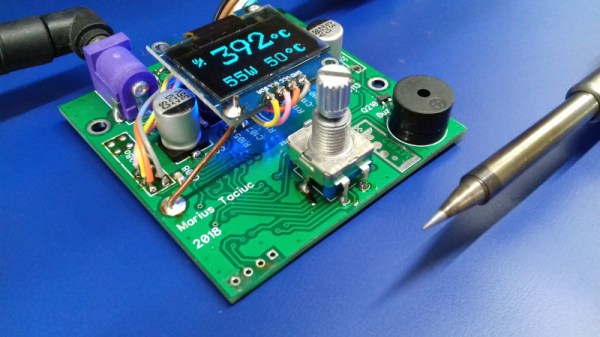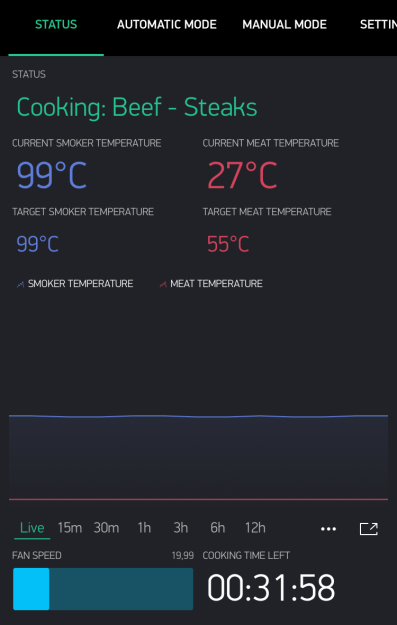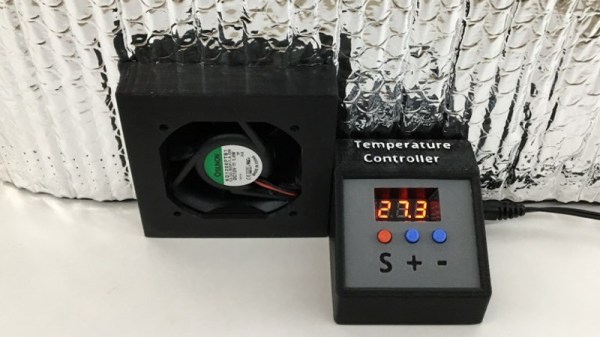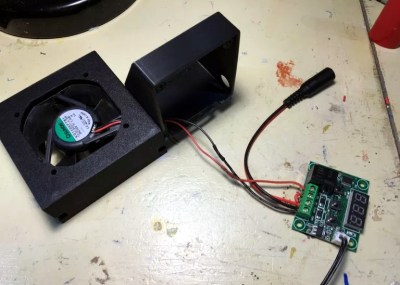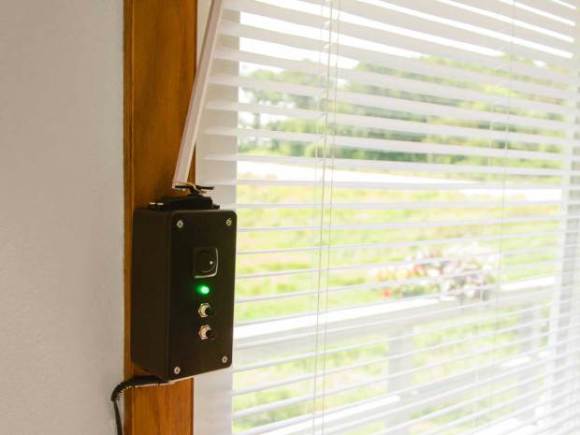We all have our preferences when it comes to soldering irons, and for [Marius Taciuc] the strongest of them all is for a quick heat-up. It has to be at full temperature in the time it takes him to get to work, or it simply won’t cut the mustard. His solution is a temperature controlled iron, but one with no ordinary temperature control. Instead of a normal feedback loop it uses a machine learning algorithm to find the quickest warm-up.
The elements he’s using have a thermocouple in series with the element itself, meaning that to measure the temperature the power must be cut to the element. This duty cycle can not be cut too short or the measurements become noisy, so under a traditional temperature control regimen there is a limit on how quickly it can be heated up. His approach is to turn it on full-time for a period without stopping to measure the temperature, only measuring after it has had a chance to heat up. The algorithm constantly learns how long to switch it on to achieve what temperature, and is able to interpolate to arrive at the desired reading. It’s a clever way to make existing hardware perform new tricks, and we like that.
He’s appeared on these pages quite a few times over the years, but perhaps you’d like to see the first version of the same hardware. Meanwhile watch the quick heat up in action with a fuller explanation in the video below.
Continue reading “A Soldering LightSaber For The Speedy Worker”

